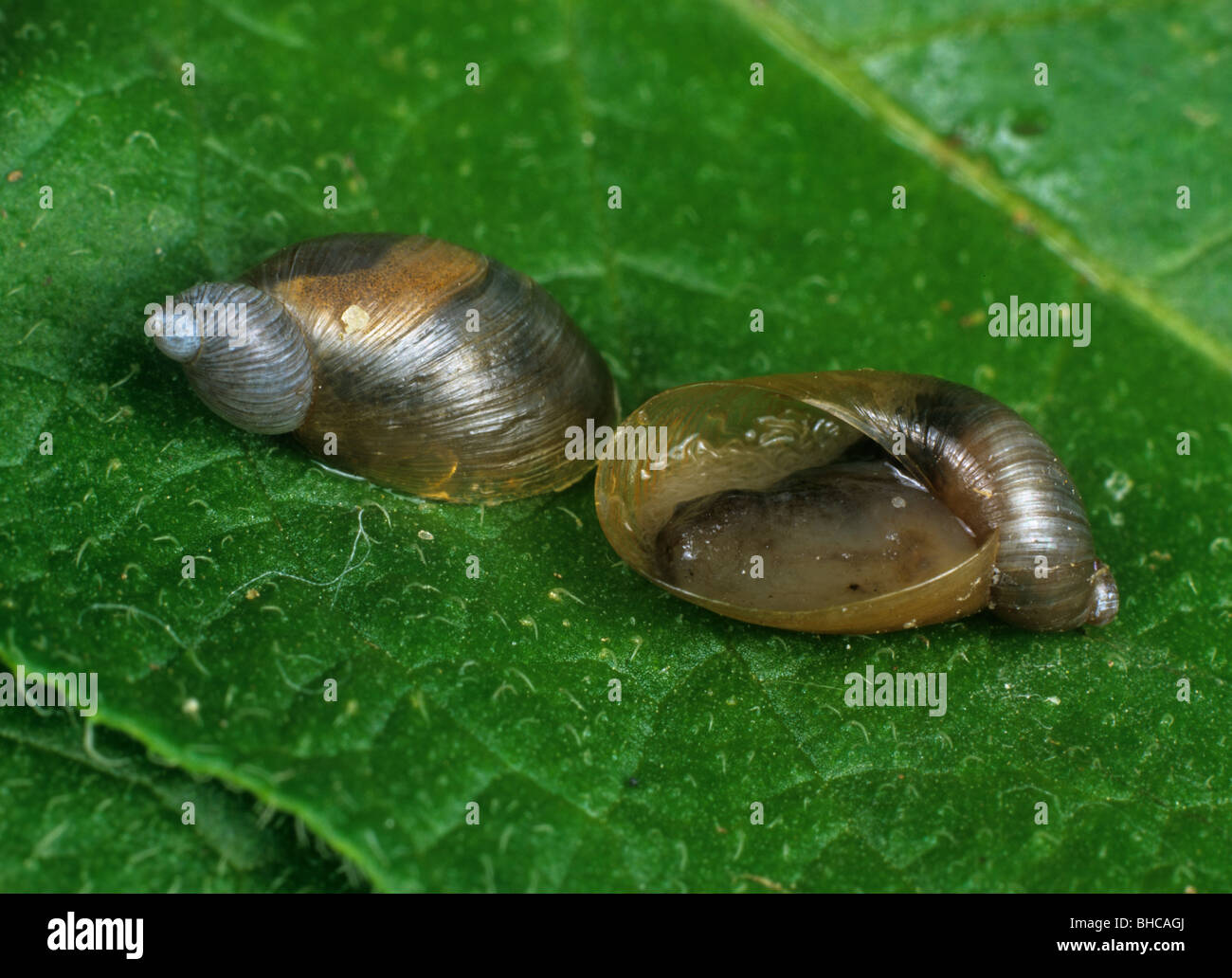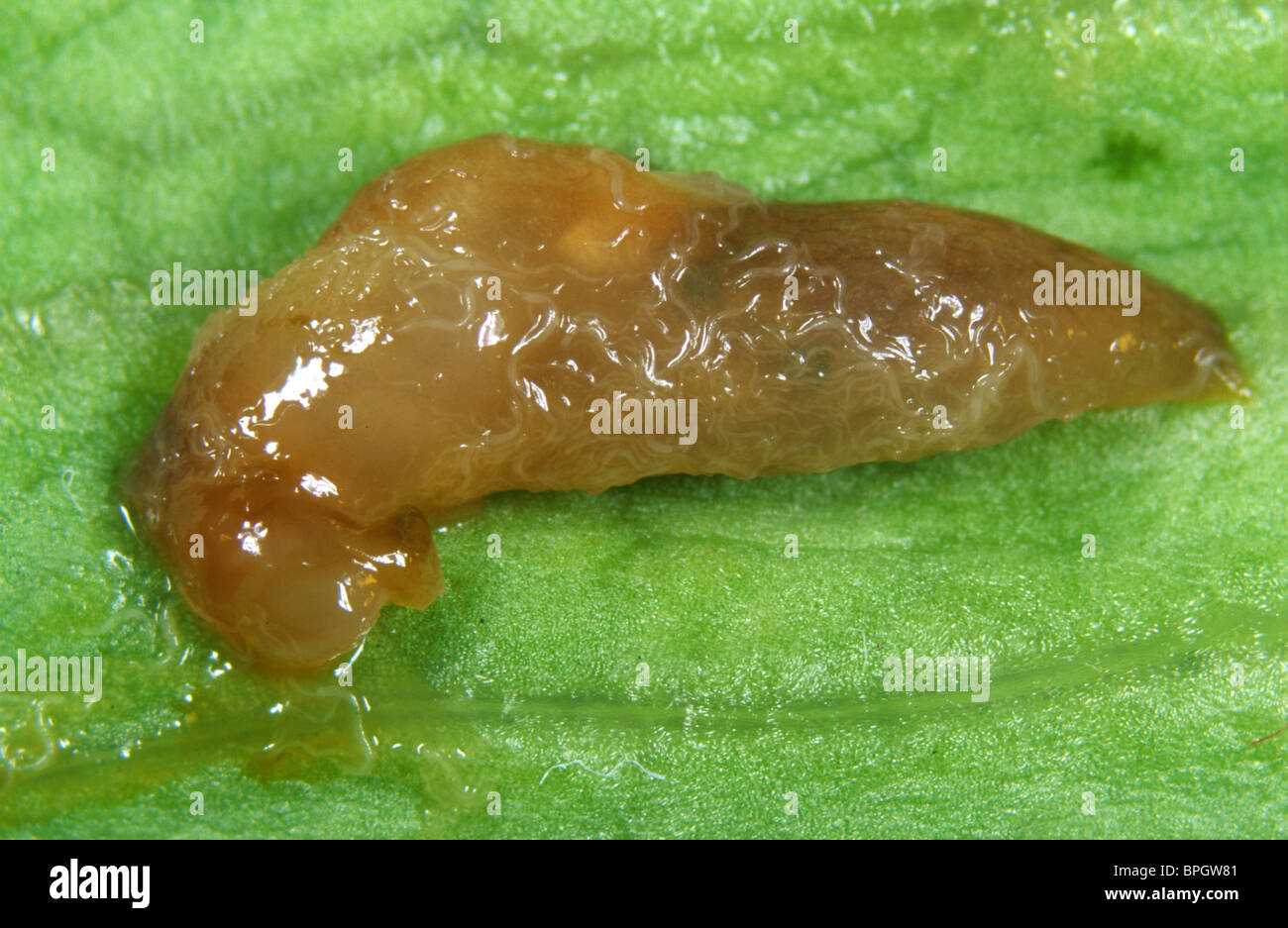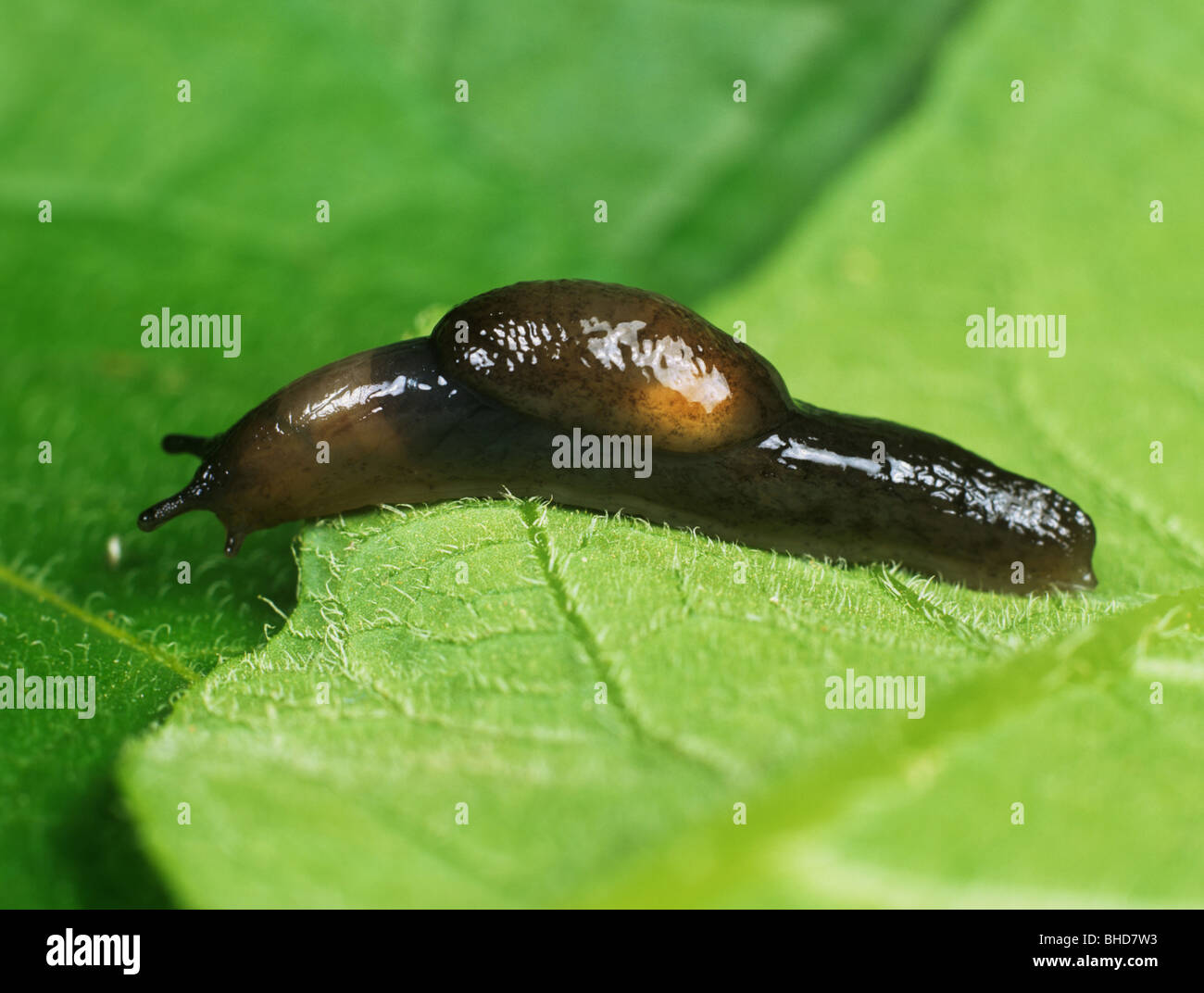Phasmarhabditis hermaphrodita is a facultative parasitic nematode that can kill slugs and snails. It belongs to the family Rhabditidae, the same family as Caenorhabditis elegans. Pechova H(1), Foltan P. Author information: (1)Faculty of Science, . MacMillan K(1), Blok V, Young I, Crawford J, Wilson MJ.

We conducted a field trial with Chinese cabbage to assess the potential of new . The slug stops eating (your plants) within a few days, and dies within a week. We investigated the possibility of using different application methods of P. Slugs avoid areas where P. The parasite infects slugs in the area beneath the mantle surrounding the shell, causing a disease . Michael Wilson and Robert Rae. While there has been intense study on entomopathogenic nematodes (EPNs) by numerous research groups throughout the worl there has been much less work on nematodes that can control slugs.

Thirteen isolates were associated with the nematode in living or dead slugs (DeroGeras reticulaLUm) or in xenic culture. This bacterium- feeding nematode has potential for the biological control of slugs, especially the grey garden slug, Deroceras reticulatum. Infective juveniles of P. In the presence of nematodes, slug damage to lettuce plants and slug survival were significantly . Aplectana kraussei n. We assessed the olfactory response of P. Nematodes and salt were applied as row applications in. Moraxella osloensis, a gram-negative bacterium, is associated with.
We discovered that the shell cavity in the posterior mantle region of . Der Einsatz von Nematoden zur biologischen Bekämpfung von Trauermücken und Dickmaulrüsslern hat sich bereits bestens bewährt. Diese Nematoden sind mit Steinernema und . It is a lethal parasite of the slug, Deroceras reticulatum and a large number of other slug species from the families Milacidae, Limacidae and Arionidae. It is used as a molluscicide for the biological control of these pests.
Biocontrol Science and Technology 503–511. Mass cultivation and storage of the rhabditid nematode . In the United States, there are no biological control agents for use against slugs.

States, and therefore, this nematode cannot be used here. Lehmannia valentiana collected from three different locations in California, USA. Four isolates were identified using combined morphology, . They actively search for their prey and invade it . PHASMARHABDITIS HERMAPHRODITA (SCHNEIDER).
Current knowledge of nematodes that use molluscs as definitive hosts is based on surveys that . The nematodes are applied as a drench to the soil. Forum on safety and regulation. Wallingfor UK: CABIPublishing.